If you have even the slightest interest in bird photography, you’ve probably noticed that good bird photos have amazing backgrounds. While the bird looks tack sharp, the background beautifully melts away. Have you ever wondered how bird photographers do that? Jan Wegener reveals the answer in this video:
Backgrounds are an important aspect of any genre of photography. They help to emphasize and complement the subject and bring the whole image together. Bird photography is no exception. Backgrounds can be a mess when photographing birds in their habitat. It’s quite essential that you pay special attention to the background when photographing birds.
Move Around
When out photographing, you’ll be tempted to take a photo of a bird as soon as you see it. That’s the general tendency, and it’s okay for some safety shots in case the bird decides to fly away.
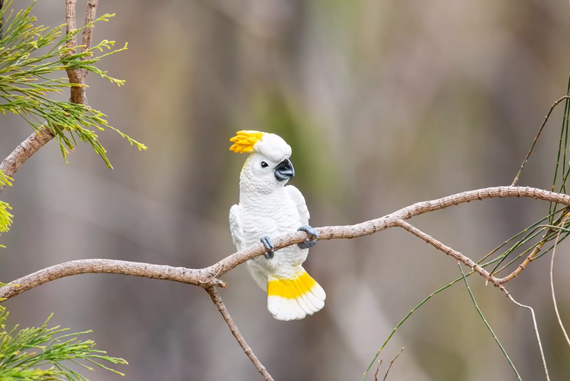
But once you’ve taken those safety shots, open up your mind and start thinking more creatively about how you can get better backgrounds. The first thing you can try is to move to the left or the right. By moving around a bit, see how the background changes.
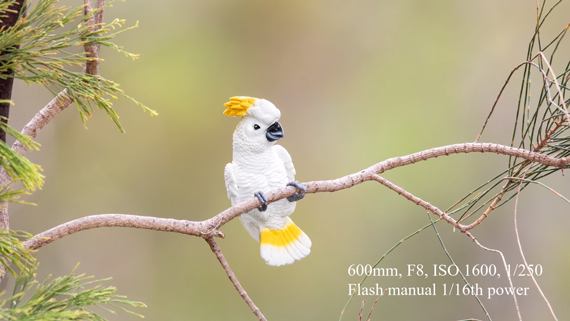
You may need to change perspective to get rid of the mess in the background. For the following image, Wegener had to take the camera off the tripod and stoop down low so that he could use the other rocks behind the robin as a beige background.
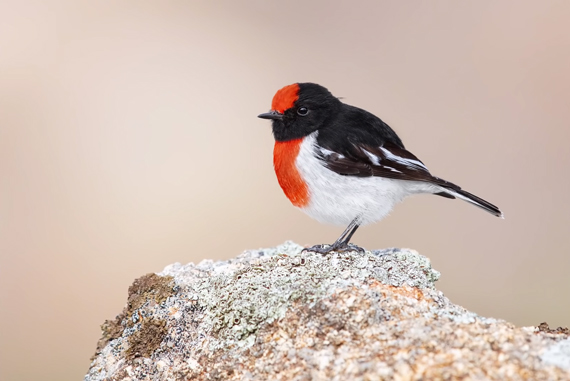
Mindset
One of the very first factors that affect the background is your mindset. If you constantly think only about photographing the bird and forget about the background, you’ll never get a good background.
“It’s all about your mindset. If you don’t think about getting a good background, you won’t be getting one.”
Distance
“It’s all about the distance between your lens, the perch, and the background.”
Distance between the lens and the subject and between the subject and the background are two important factors that decide the amount of blur you’ll be getting in your images.
The greater the distance between the bird and the background, the more blurry and beautiful the background will appear. If the background is too close to the bird, it can get difficult, or in some cases impossible, to get it out of focus. Consider the two images below.
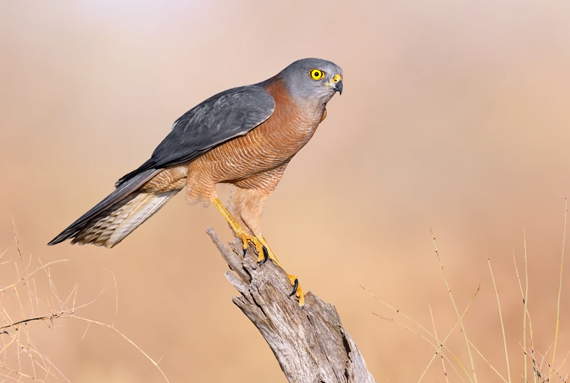
The background is far away from the bird in this case.
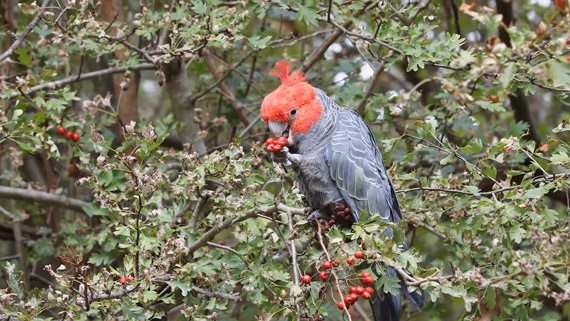
The background is too close to the bird.
Contrarily, the closer you are to the bird, the faster the background will start getting out of focus. The trick is to be as close to the bird as possible while ensuring that the background is far away.
Lens
Focal length is another variable that affects depth of field. Using a longer lens that can step down to wide aperture values will help in dissolving the background rather easily. But, if you have a lens with shorter focal length, you’ll need to work harder.
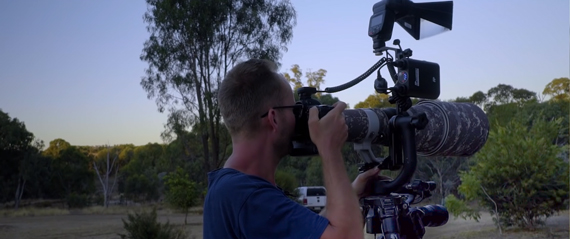
Aperture
While it’s easy to open the aperture to wide settings like f/4 to blur the background, keep in mind that you’ll be sacrificing details on the birds due to the shallow depth of field. Wegener likes to leave his aperture at f/8. Try out different aperture values for yourself, and see what works best for you.
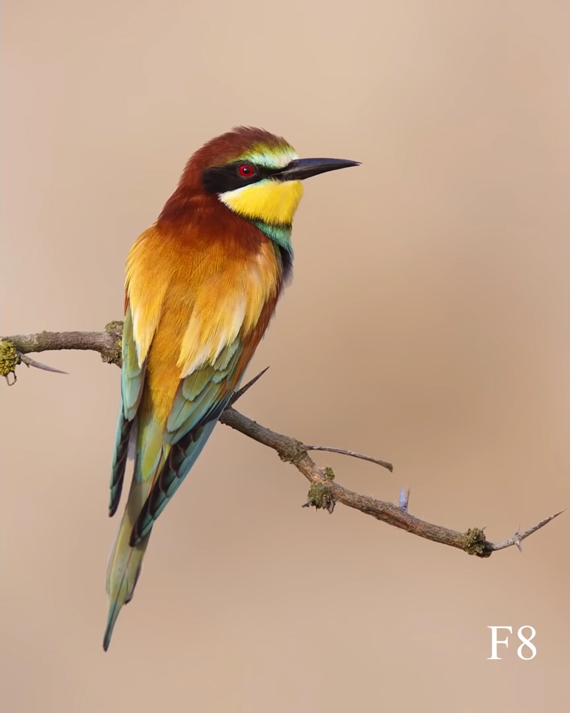
I hope you’ll try out some of these tips next time you photograph birds.
Go to full article: Bird Photography: Tips for Beautiful Backgrounds
What are your thoughts on this article? Join the discussion on Facebook
PictureCorrect subscribers can also learn more today with our #1 bestseller: The Photography Tutorial eBook
The post Bird Photography: Tips for Beautiful Backgrounds appeared first on PictureCorrect.
from PictureCorrect https://ift.tt/2P9cx79
via IFTTT






0 kommenttia:
Lähetä kommentti